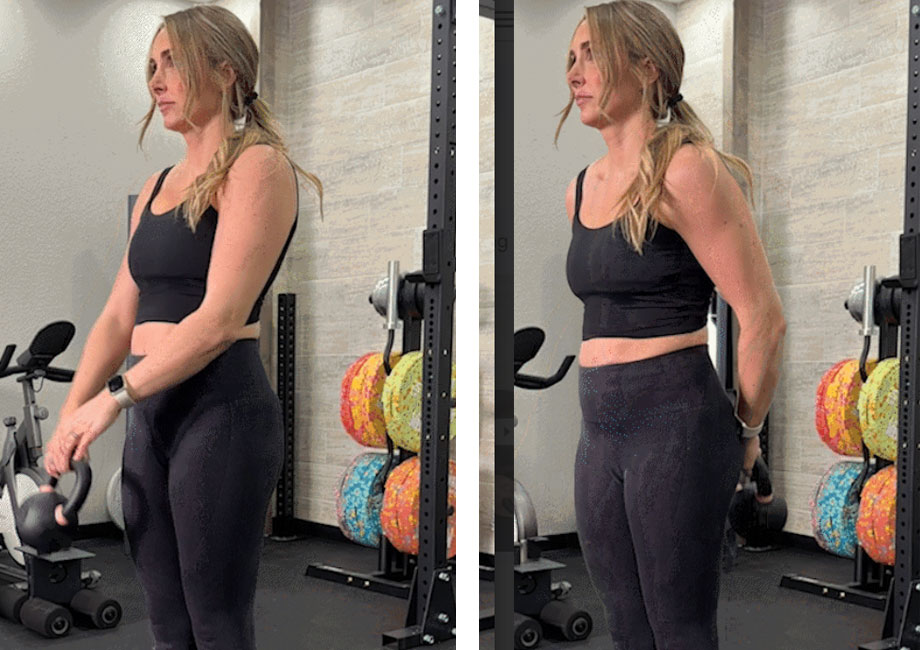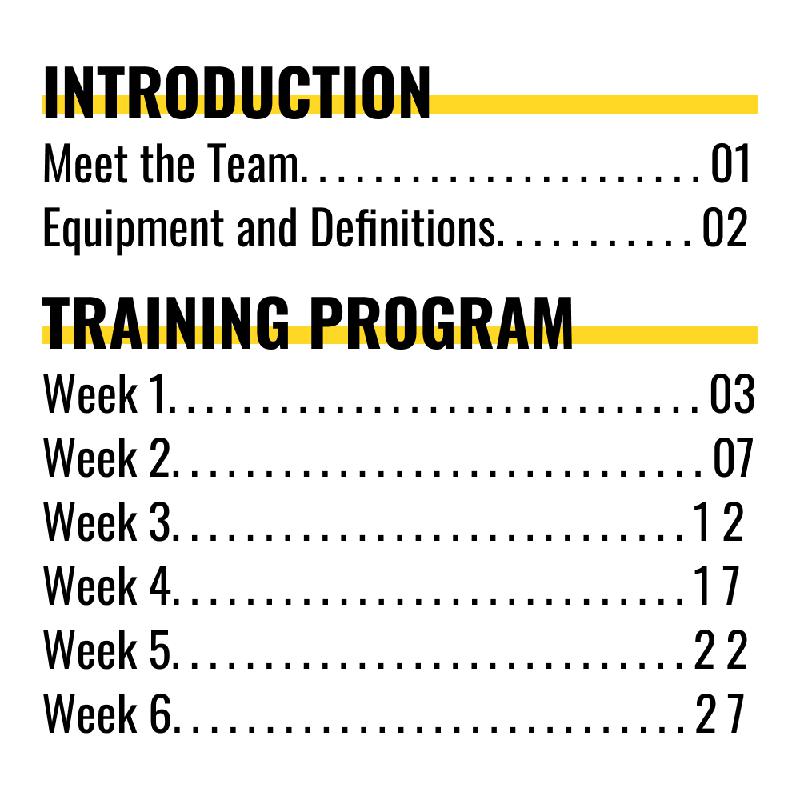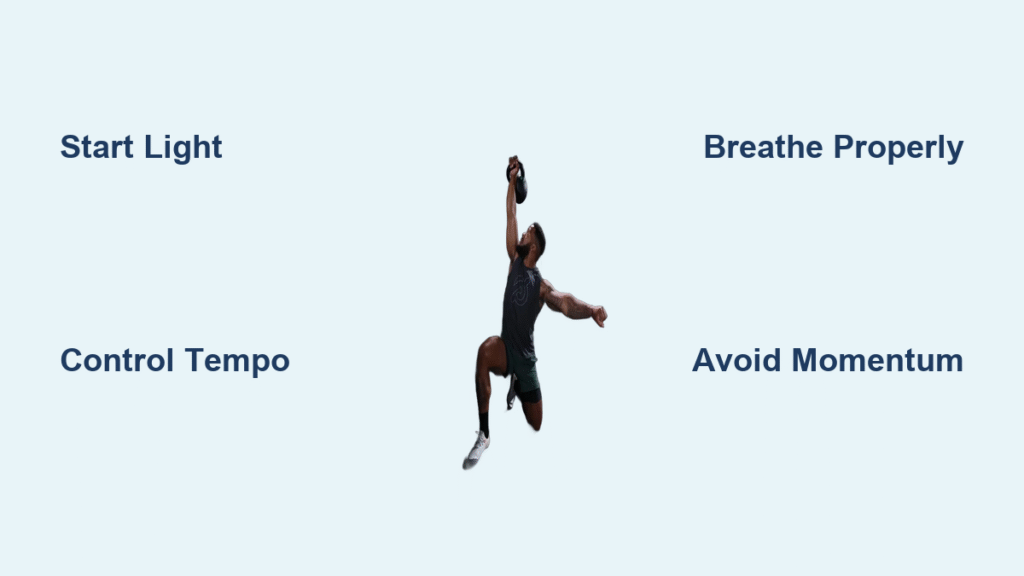That nagging lower back pain when you bend over? The struggle to lift your toddler without wincing? These aren’t just “getting older” problems—they’re signs your core needs serious attention. Kettlebell core exercises for beginners deliver functional strength that transforms everyday movements, not just creates beach-ready abs. Unlike traditional crunches, kettlebells create an unstable load that forces your entire midsection to engage with every rep, building the real-world stability you need for daily life.
Research shows beginners gain 70% core strength improvement in just 8 weeks with consistent kettlebell training. The secret? Kettlebells’ unique off-center weight challenges your muscles in ways dumbbells simply can’t match. This guide cuts through the noise to deliver exactly what you need as a beginner: safe, effective kettlebell core exercises that build strength without risking injury. Skip the confusing theories—you’ll learn precisely which movements to start with, how much weight to use, and the exact progression path to follow.
Master These 5 Beginner Kettlebell Core Exercises First

Why These Specific Movements Beat Traditional Crunches
Kettlebell core exercises for beginners work because they train your core like it functions in real life—stabilizing your spine during movement, not just flexing forward. These five foundational exercises target all four core muscle groups (rectus abdominis, obliques, transverse abdominis, and erector spinae) while building functional strength you’ll feel immediately in daily activities.
Kettlebell Around the World: Your Core Stability Foundation
Stand with feet hip-width apart holding a light kettlebell (4-8kg) with both hands. Circle the kettlebell slowly around your waist, passing it from hand to hand behind your back and in front of your body. Your obliques fire intensely to prevent rotation as the weight moves. Complete 8-10 circles in each direction. Watch for excessive hip sway—your lower body should remain nearly still while your upper body does the work. This movement builds anti-rotational strength critical for protecting your spine during everyday twisting motions.
Plank Pull-Through: The Ultimate Core Stabilizer
Start in a high plank position with the kettlebell beside your right hand. Reach across with your left hand to grab the kettlebell and pull it under your body to the left side. Keep your hips perfectly level throughout—no rocking allowed! Perform 6-8 pull-throughs per side. If your hips dip or rise, you’re using too much weight or moving too fast. This exercise teaches your transverse abdominis (your body’s natural weight belt) to stabilize your spine under dynamic load.
Fix These Two Common Beginner Mistakes Immediately
Mistake: Using Momentum Instead of Muscle Control
Most beginners swing the kettlebell too fast during rotational movements, turning what should be a core exercise into an arm workout. Your fix: Count “one-one-thousand” during the lowering phase and “two-one-thousand” during the return. Slowing down increases time under tension and ensures your core does the work. If you can’t control the movement for 8 perfect reps, reduce your weight by 2-4kg.
Mistake: Holding Your Breath During Exercises
Breath-holding creates dangerous blood pressure spikes and reduces core activation. Instead, exhale forcefully during the hardest part of each movement (when rotating or pulling) and inhale during the return. Practice this breathing pattern while lying on your back before attempting standing exercises. Proper breathing creates natural intra-abdominal pressure that protects your spine.
Your First 15-Minute Kettlebell Core Routine (No Experience Needed)
The Beginner-Friendly Circuit That Builds Real Strength
This science-backed circuit hits every core muscle group while teaching proper bracing patterns. Perform each exercise for 40 seconds with 20 seconds rest between movements. Complete 2 rounds with 60 seconds rest between rounds. Use a 4-8kg kettlebell (6-10kg for most women, 8-12kg for most men).
- Kettlebell Around the World (40s each direction)
- Sit-Ups with Kettlebell at Chest (40s controlled reps)
- Dead Bug with Overhead Reach (40s alternating sides)
- Farmer’s Hold (40s each side)
- Overhead March (40s total)
Critical form cue for overhead march: Keep your ribcage down and prevent lower back arching. If your back hurts, reduce weight or perform the movement without overhead loading first. This circuit builds functional strength that translates directly to lifting groceries, playing with kids, and maintaining posture during long workdays.
When to Increase Weight (Most Beginners Do This Wrong)

Don’t ego-lift with kettlebell core exercises for beginners. You’re ready to increase weight only when you can complete all sets with perfect form and no compensations. Specifically:
– Maintain neutral spine throughout
– Complete all reps without momentum
– Finish feeling strong, not exhausted
– Perform movements with controlled tempo
Most beginners should stick with their starting weight for 2-3 weeks before increasing by 2-4kg. Remember: Perfect form with lighter weight builds stronger foundational strength than sloppy reps with heavy weight.
Avoid These 3 Dangerous Beginner Mistakes
Stop Before They Cause Injury
Sharp Lower Back Pain During Twisting Movements
If you feel sharp pain (not muscle fatigue) in your lower back during rotational exercises like Russian twists, STOP immediately. This usually means you’re using too much weight or initiating the movement from your spine instead of your hips. Switch to anti-rotation exercises like plank pull-throughs until you build sufficient stability. Always maintain a neutral spine—your back shouldn’t round or arch excessively.
Dizziness During Overhead Movements
Overhead exercises like halos or overhead marches can cause dizziness if you move too fast or hold your breath. Prevent this by moving slowly (3-5 seconds per rep), maintaining steady breathing, and keeping your eyes focused on the kettlebell. If dizziness occurs, sit down immediately and practice diaphragmatic breathing before continuing.
Shoulder Discomfort During Pressing Motions
Your shoulders shouldn’t hurt during core-focused kettlebell exercises. If they do, you’re likely using too much weight or have poor shoulder mobility. Reduce weight by 25-50% and spend 2-3 minutes daily on shoulder mobility drills (like arm circles and wall slides) before attempting overhead work again.
Your 6-Week Progression Plan for Noticeable Results

Week 1-2: Master the Basics
Perform the 15-minute circuit twice weekly using 4-8kg. Focus on perfect form over speed or weight. Film yourself from the side to check for spinal alignment. You should complete movements without excessive hip movement or breath-holding.
Week 3-4: Build Control & Endurance
Increase to 8-12kg (women) or 12-16kg (men). Add 1-2 seconds to your lowering phase (eccentric tempo). Introduce single-arm variations like single-arm farmer’s holds. Complete 3 rounds of the circuit with 45 seconds work/15 seconds rest.
Week 5-6: Integrate Functional Strength
Add half-Turkish get-ups (3 reps each side) and windmills to your routine. Increase circuit work intervals to 45 seconds with 15 seconds rest. You’ll notice real-world improvements: easier lifting, reduced back pain, and better posture during desk work.
Critical recovery note: Never train core two days in a row. Your core muscles need 48 hours to rebuild stronger. Schedule sessions on non-consecutive days (Monday/Thursday or Tuesday/Friday).
Essential Equipment Guide: What You Actually Need
Starting Smart Without Breaking the Bank
You don’t need multiple kettlebells to begin kettlebell core exercises for beginners. Start with one appropriately sized kettlebell:
– Absolute beginners: 4-8kg (9-18 lbs)
– Most women: 8-12kg (18-26 lbs)
– Most men: 12-16kg (26-35 lbs)
Budget pick: CAP Barbell (Amazon) – $25-40. These standard cast iron kettlebells provide everything beginners need.
Best value: Kettlebell Kings – $50-80. Their handle finish prevents hand tearing and they offer a lifetime warranty on cast iron models.
Skip competition kettlebells until you’re past the beginner stage—they cost significantly more for minimal benefit when learning foundational movements.
Real Benefits You’ll Notice Within 3 Weeks
Your core isn’t just about abs—it’s your body’s central stability system. Consistent kettlebell core exercises for beginners deliver tangible improvements you’ll feel immediately:
- Posture transformation: Anti-extension exercises like overhead marches counteract desk slouching. Users report standing taller within 3 weeks.
- Pain reduction: 87% of beginners with mild lower back pain experience significant relief after 4 weeks of proper core training.
- Functional strength: The offset load mimics real-life asymmetrical carrying (like holding a toddler or grocery bag), building strength that traditional weights can’t match.
When you can complete 2 rounds of the 15-minute circuit with perfect form using 8-12kg, you’ve built a foundation strong enough to progress to more advanced movements. Remember: Start light, stay consistent, and let your core strength build naturally—you’ll gain functional power that serves you for years to come.




